Parents:
When the phone rings and it’s your child’s school – do you cringe?
Do you feel your child’s strengths are unknown or ignored by teachers at school?
Is school focusing on your child’s struggles?
Do you receive regular negative communication from school about your child’s behavior?
Does your child have a ‘behavior plan?’
Are you in a power struggle with your child over homework?
Did you think school could address your child’s learning challenges only to find the school environment toxic for your 2e child?
Teachers:
Are you concerned about approaching parents when their 2e child is struggling?
Do you find it difficult to talk with parents of 2e kids because they are emotional
When parents write you emails do you roll your eyes because of the length of the email as well as the content?
2e Adults:
Do you frequently feel misunderstood by peers, family members and/or colleagues?
Have you decided ‘it’s just too hard’ to help people understand the real you?
Do you find yourself masking at work, in social situations or with particular people?
Do you wish you had a way to communicate your needs?
All stakeholders listed above are advocates on behalf of themselves, and in the case of parents and teachers, also on behalf of 2e kids. Because the 2e profile is complex, there is always a need for advocacy. Advocacy on behalf of 2e people extends well beyond the school walls and is necessary with family members, friends, peers, colleagues and supervisors, and especially with oneself.
Parents:
In many instances the questions above, make parents of 2e kids feel defensive, defeated and frankly…done. The truth is, if you answered yes to any (or all) of these questions, that is your springboard to jump into action and start figuring out your child’s advocacy plan. The way I see it, you have three choices: homeschool your child, advocate for change in their current environment, or beat your head against the wall. My guess is that many parents feel like they are always beating their heads against the wall. Advocacy for parents is most effective when it provides understanding of why your child behaves as he does, and when it is collaborative rather than combative. Parents of 2e kids have to be ready at all times to put on their advocacy hat whether at school, on the playground, with other parents or even family members.
When drafting an advocacy plan, I always start with strengths. It’s the passions and interests of 2e learners that allow them to effectively address struggles without compromising their self confidence. So often adults focus on deficits to the detriment of a child’s self concept. The first step when advocating is to share where your child shines. Because 2e children are complex, understanding struggles is not enough; it’s most important to know what underlies their struggles. If, for instance, a child acts out in the school hallway, perhaps impulse control – something that isn’t fully developed or is a physiological challenge – is to blame. If that’s the case, no matter how much you reward or punish this child, he will not consistently meet expectations to stand still or walk in a straight line. the advocacy plan requires explaining how much the child wants to please and wants to comply, but simply cannot. Now, reframe your intervention from reactionary to responsive. Give this child a job, send him ahead, or make him line-leader, instead of giving consequences for failing at an inappropriate expectation.
If a child struggles with playdates at a particular friend’s home, consider why. Is there a sensory challenge (lights, pet, smell, challenging sibling), does he need food, but this family does not have snack time? Advocacy is about giving a child what he needs when he needs it based on understanding and answering the ‘why?’ question. Excellent advocacy means collaborating with others so they understand and have a plan before they need to intervene.
Teachers:
Oftentimes teachers are not armed with training on how to address 2e learners’ needs. You have a classroom with 20-35 students, and you find yourself mired in behavior and reacting to that behavior because your classroom is disrupted. Rather than teaching a skill that addresses the child’s trigger, you get caught up in stopping the behavior NOW. Because you are trying to change the child rather than anticipate their needs or alter the environment, your conversations with parents tend toward power struggle interactions that may include blame, shame and assumptions. Teacher advocacy should include positive moments, team building and thoughtful questions.
Teachers spend more time per week with children than their parents. The immense opportunity to build trust with parents is based on a teacher’s ability to recognize 2e learners’ strengths and super powers. To collaborate around a child’s struggles, teachers have to build trust with parents. When parents know that teachers recognize and celebrate their child’s abilities, they’re more apt to participate in solving problems. Teachers may need help from parents in learning about a child’s behaviors and clarifying what triggers may cause behaviors. An open line of communication leads to problem solving that is strength based and impactful. The ideal advocacy situation is for teachers to recognize that parents can be the best source of important information, and for parents to freely share what makes a difference for their 2e kid. Almost always, the key to meaningful intervention is personal connection. If parents don’t freely offer information that help you understand their child’s needs, ask for it. Best yet, make time to truly learn about a child’s likes and dislikes from the source; the child himself.
2e Adults:
Most likely you learned as a child the challenge of making your needs known and understood. It’s probable that you still struggle to explain why ‘hard things are easy and easy things are hard.’ Expectations don’t always match your strengths and figuring out how to outsource struggles is complicated. Advocacy for 2e adults should include self awareness, positive self talk and an unapologetic communication of needs.
Self awareness is the most important advocacy step for 2e adults. In order to advocate on your own behalf, you must understand your strengths, struggles and needs. Consider what makes you tick and what ticks you off, and why. Is there a learning difference? Are you sensitive emotionally? Are you intense and passionate about how things should get done or how people should treat one another? Understanding these needs for a 2e adult is like recognizing a person has brown eyes or is tall. 2e people’s characteristics are often steeped in organic needs.
Secondly, if you find that you often feel out of place or as though you don’t relate to your colleagues, peers or family members, take a deep breath and work hard on positive messaging to yourself. There is nothing wrong with you. You are you; intense, emotional, empathetic, moral, sensitive, rule following. It’s only if who you are gets in the way of a goal of yours (not a goal of someone else’s), that you may want to rethink your approach to the world. So tell yourself; “I love that I always consider what’s right in various situations,” “My feelings get hurt because I’m sensitive, and that means I go out of my way to make sure others’ needs are met,” “I like to follow rules because it’s important for me to meet expectations.”
Once you have awareness and you are able to positively reframe your struggles, you are armed with the language you need to communicate your needs. Let people know you know who you are. Tell them why you like that about you. Acknowledge that it might not be as flexible as someone might want, but acknowledging that may allow differences to dissipate. Let them know you’d like to work together toward meeting each other’s needs. This allows you to take control rather than waiting to see if someone ‘can handle you,’ or will ‘get you.’
Examples:
When you look out at the sea of strengths and challenges and you realize that you just aren’t sure where to start in your messaging when you are advocating for yourself or your child, make a list of what you love and what you hate. See if you can use any of the love column to address the hate column. For instance, if you hate to write but love to draw, can you show what you know through art or another creative avenue? Think about goals – specific goals that could help those around you teach skills you lack. For instance, a goal like “Jonny will write three sentences” is way too general. What goes into that goal? A more effective goal would say, “By meeting with [specific person] before a writing assignment, Jonny will learn to brainstorm ideas, and choose the best idea that fits the assignment.” Then create action items. In this example it might look like: 1. Identify a writing quarterback; someone who can help Jonny brainstorm and who can show him how to utilize speech to text or a scribe. 2. Make sure Jonny receives directions for written assignments in multiple ways; orally, written and visually if possible. 3. Help Jonny identify a due date for a writing project and set calendar dates for each step of the writing process.
Teachers, your goal can be to “find the hardest kid to love and love him the hardest.” Intentionally set aside time to get to know a complex student’s likes and dislikes. Just the amount of time you spend with them opens up doors of trust and responsibility toward you. Take stock of interventions you’ve tried that do not work. Commit to NOT continue using those unsuccessful interventions and search, with the help of colleagues and parents, to find interventions that teach lagging skills and address unwanted behaviors.
For 2e adults, if a particular part of your job is especially tedious, like administrative tasks or organizing, let your boss know that you are a content expert. Ask for support in the areas of weakness. You might phrase it in this way; “I am a content expert. I love what I do and the programs I draft. It’s the organizing files and emailing that trip me up. Having someone who can take over those administrative tasks, will free up time for me to be even more content driven and creative.”
All stakeholders, parents, educators and 2e adults are put in positions where they need to advocate. Neurodiversity establishes difference from the norm and therefore we can anticipate a certain level of misunderstanding. Advocacy is meant to nip that misunderstanding in the bud so it does not cause shame, blame, judgment or unhealthy assumptions. Recognizing and embracing your constant role as an advocate allows you to move through resentment toward crafting meaningful goals and action items on your behalf.

Author: Julie Skolnick
Julie Skolnick, M.A., J.D., is the Founder of With Understanding Comes Calm, LLC, through which she passionately guides parents of gifted and distractible children, mentors 2e adults, and collaborates with and advises educators and professionals on bringing out the best and raising self-esteem in their students and clients.


